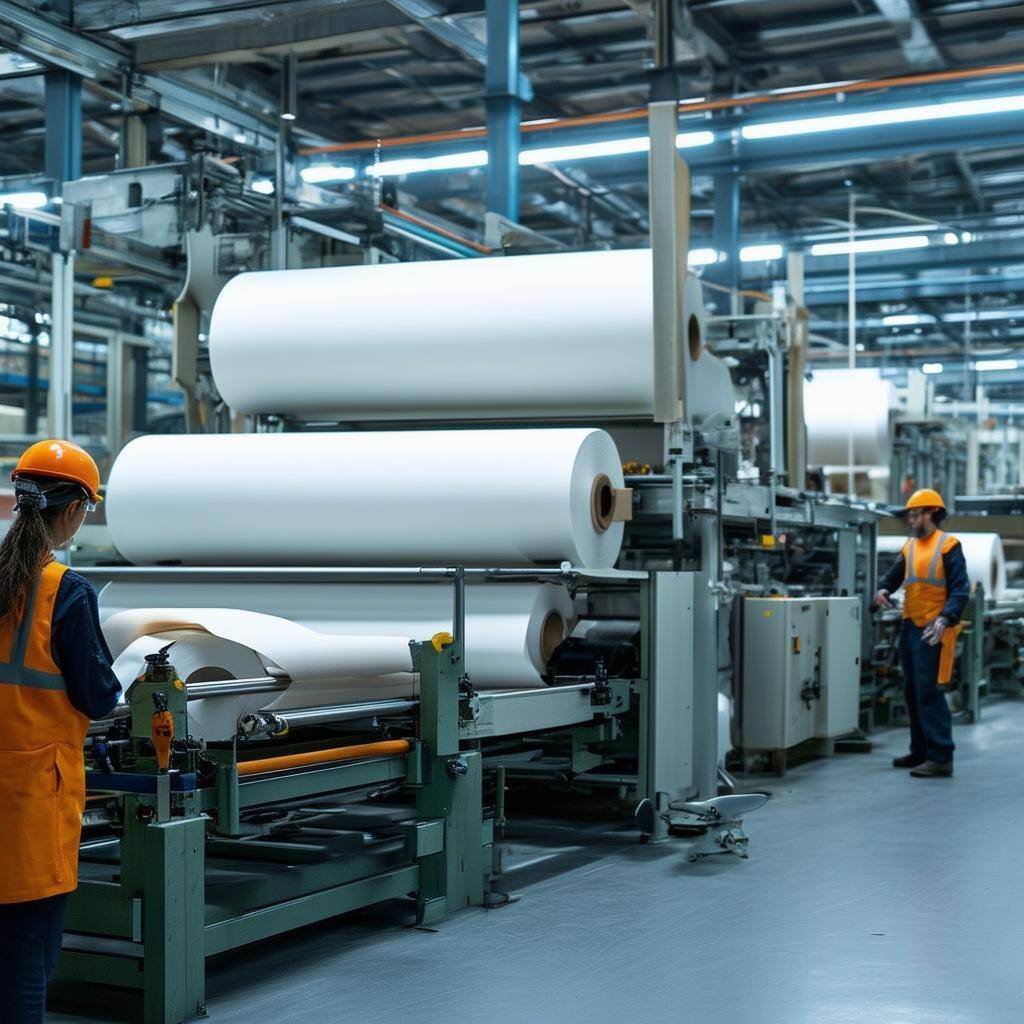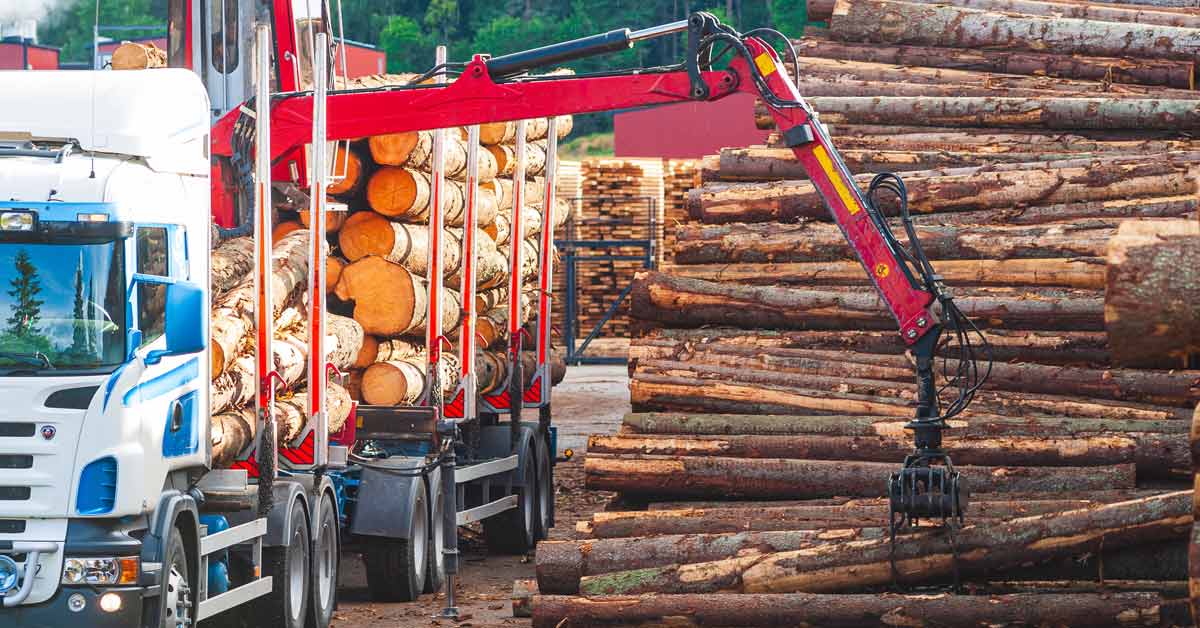2 min read
Germany's Tissue Market: Challenges, Growth, and the Road Ahead
 Bruce Janda
:
Feb 19, 2025 12:00:00 AM
Bruce Janda
:
Feb 19, 2025 12:00:00 AM

Germany’s tissue industry is at a crossroads. While technological advancements have driven capacity growth at a compound annual growth rate (CAGR) of 11% since 2007, the sector is grappling with a volatile economic and energy landscape. Unlike other German manufacturing sectors that dominate headlines—such as the auto industry—tissue production faces its own unique challenges.
With higher energy costs, inflation-driven labor demands, and the costly transition to green energy, German tissue manufacturers are redefining their approach to production, trade, and market positioning. But where does the industry stand today? And what does the future hold?
Shifting Consumer Demand in a Complex Market
The German tissue market is shaped by an evolving consumer base. While there is a growing preference for high-quality, soft, and hygienic tissue products, economic uncertainty has led many consumers to shift towards private labels and value-driven purchasing. This results in a contradictory demand for both high-end and budget-friendly products, complicating demand forecasting.
At the same time, Germany’s population growth is slowing, with a projected decline of -0.12% in 2024, raising long-term concerns about sustained domestic consumption. However, GDP per capita is on the rise, signaling increased spending power—at least for some segments of the market.
Trade Stability Amid Market Disruptions
Despite the challenges, Germany’s tissue trade has remained stable over the past 17 years. Poland has emerged as the largest source of tissue imports, with key suppliers located near Germany’s borders, including Austria, France, Italy, the Netherlands, and Sweden. On the export side, many of these same countries are also key destinations for German tissue products.
Germany’s tissue industry maintains a near-balanced import-to-export ratio, with trade volumes making up about 40% of the sector’s total capacity. Yet, with rising operational costs, this balance could shift in the coming years as neighboring producers gain competitive advantages.
The Future of German Tissue Production: Investment or Stagnation?
Unlike some of its European counterparts, Germany has taken a cautious approach to tissue production expansion. Instead of rapid capacity increases, the industry has focused on incremental machine upgrades and optimization of existing mills. By 2027, only two net new machines are expected to be added, with no new mills on the horizon.
While Germany benefits from a high proportion of fiber integration, its energy-intensive production model and carbon emission challenges put it at a competitive disadvantage. Sweden, for example, enjoys lower production costs due to its reliance on biomass energy, while Germany continues to face high electricity costs and emissions penalties.
Is Germany’s Tissue Industry Falling Behind?
In a competitive European landscape, German manufacturers must balance cost pressures with sustainability goals. The industry is already exploring alternative energy sources such as hydrogen, but without improvements in electric grid costs and carbon efficiency, Germany risks losing ground to lower-cost producers.
For a deeper dive into Germany’s evolving tissue market, its competitive positioning, and what's next for the industry, download our report, "Understanding Trends and Challenges in German Tissue Production."
This detailed report is a vital resource for industry experts, investors, and decision-makers keen on understanding Germany's role and direction in the global tissue market.




